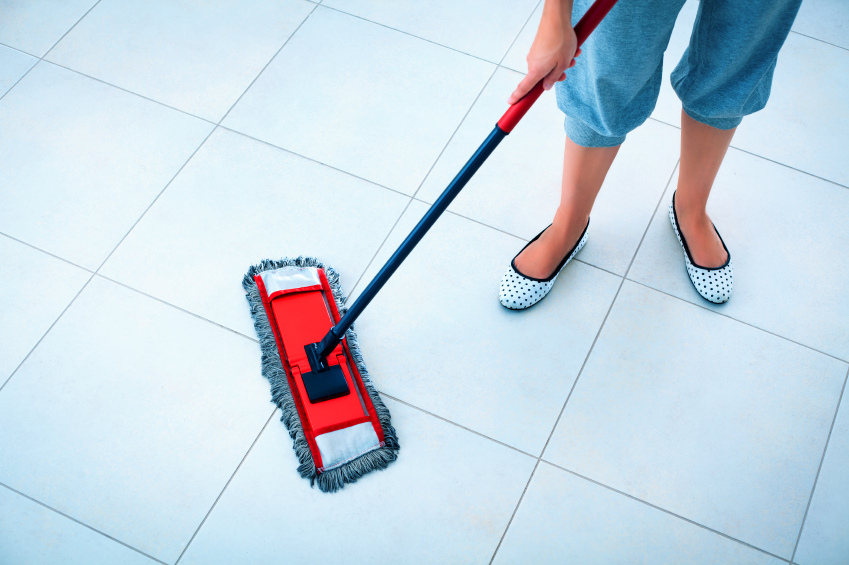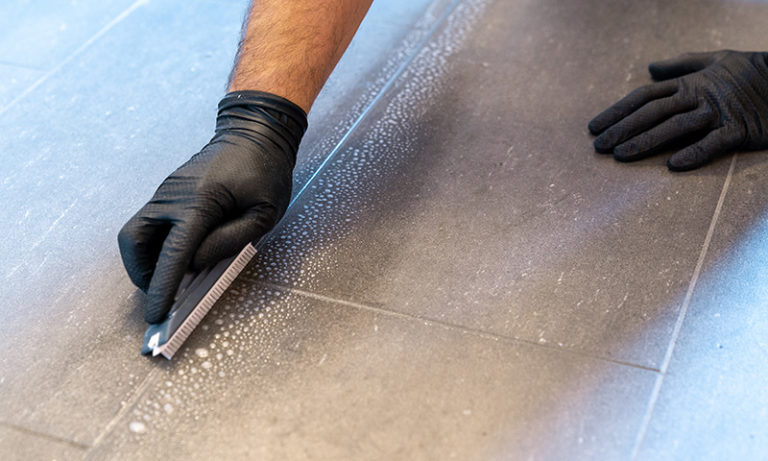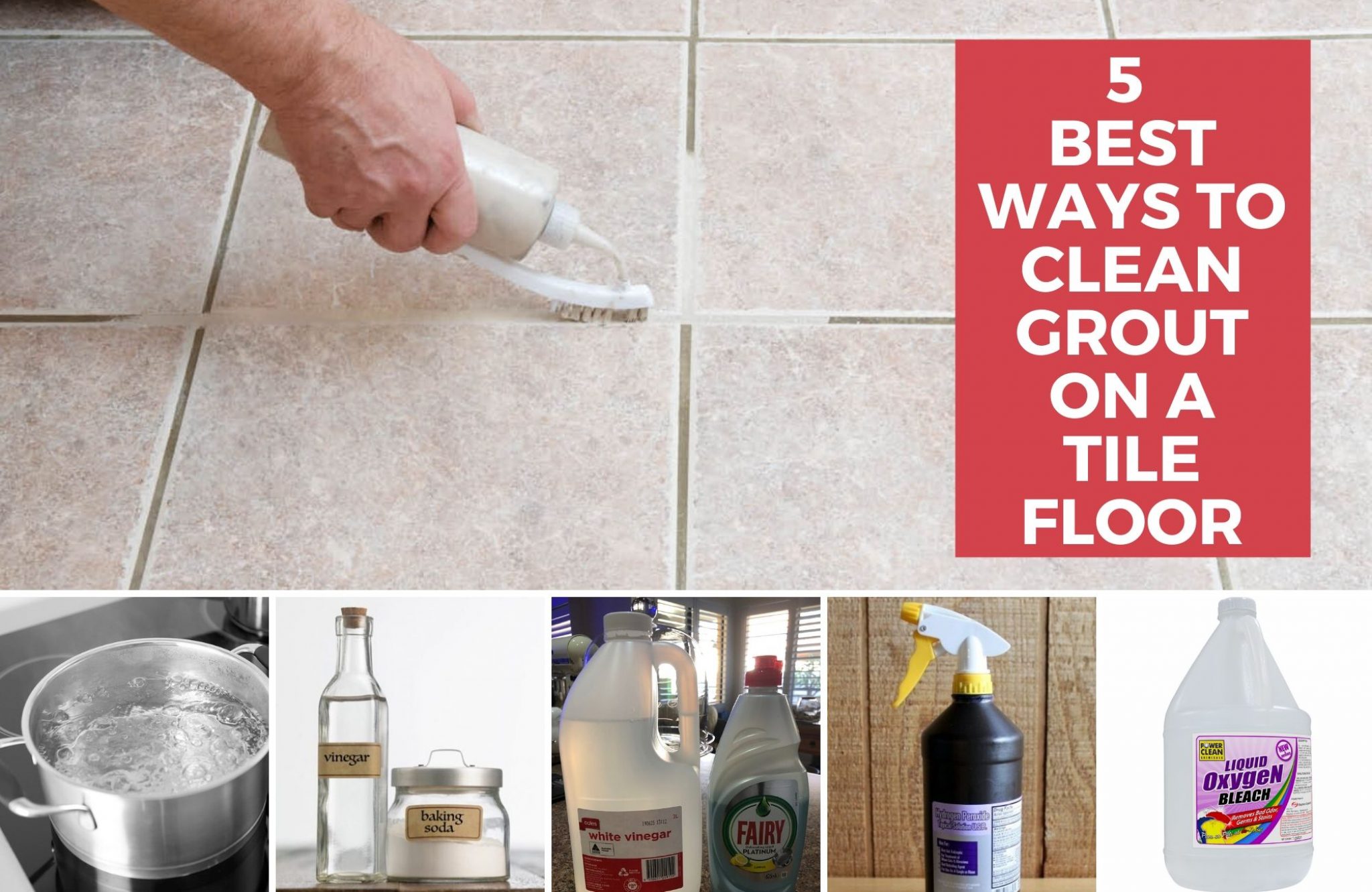What Is The Best Way To Clean Tile Floors
Cleaning tile floors effectively requires the right techniques, tools, and understanding of the tile material. Whether your tile floors are in the kitchen, bathroom, or other areas of your home, keeping them clean not only enhances their appearance but also extends their lifespan. This comprehensive guide will walk you through the best practices for cleaning tile floors, common mistakes to avoid, and answer some frequently asked questions.
Choosing the Right Cleaning Solution
When it comes to cleaning tile floors, selecting the appropriate cleaning solution is crucial. Different types of tiles, such as ceramic, porcelain, and natural stone, require different cleaning agents to avoid damage.
Firstly, for ceramic and porcelain tiles, a mild detergent or a mixture of warm water and a few drops of dish soap usually suffices. These tiles are generally more durable and resistant to harsh chemicals. However, it’s always best to avoid overly acidic or abrasive cleaners as they can damage the grout.
Natural stone tiles, such as marble, granite, and travertine, need special care. These materials are more porous and can be easily damaged by acidic substances. For these tiles, use a pH-neutral cleaner specifically designed for natural stone. Regular household cleaners, especially those containing vinegar or lemon juice, should be avoided as they can etch the surface.
Last, always perform a spot test with any new cleaning solution on a small, inconspicuous area of the tile to ensure it doesn’t cause discoloration or damage. This is a simple yet crucial step to safeguard your tiles.
Essential Tools for Cleaning Tile Floors
To achieve the best results when cleaning tile floors, having the right tools is as important as the cleaning solution. A good toolkit makes the cleaning process more efficient and effective.
A microfiber mop is an excellent choice for cleaning tile floors. Microfiber is gentle on the tile surface but effective at picking up dirt and grime. Unlike traditional mops, microfiber mops are less likely to push dirt around and more likely to trap it, resulting in a cleaner floor.
Grout lines can be tricky to clean as they tend to trap dirt and stains. A grout brush, with stiff bristles and a narrow head, is ideal for scrubbing grout lines without damaging the tiles. For stubborn stains, an old toothbrush can also be effective.
A vacuum cleaner with a hard floor setting is useful for removing loose dirt and debris before mopping. This step prevents the dirt from turning into mud when it gets wet. Ensure the vacuum is suitable for hard floors to avoid scratching the tile surface.
Last, keep a supply of clean, dry cloths or towels on hand for wiping up excess moisture and buffing the tiles to a shine. This helps prevent water spots and streaks, leaving your tile floors looking their best.

Step-by-Step Cleaning Process
Cleaning tile floors involves a systematic approach to ensure every part of the floor is addressed. Follow these steps for a thorough and effective cleaning routine.
Start by sweeping or vacuuming the floor to remove loose dirt and debris. This is an essential first step to prevent dirt from spreading or scratching the tile surface during mopping. Use a broom with soft bristles or a vacuum designed for hard floors.
Next, prepare your cleaning solution. For ceramic and porcelain tiles, mix warm water with a few drops of dish soap. For natural stone tiles, use a pH-neutral cleaner as recommended. Fill a bucket with the solution and another with clean water for rinsing.
Dip your microfiber mop into the cleaning solution, wring out excess water, and start mopping. Work in small sections to ensure thorough cleaning. Use gentle, back-and-forth motions and avoid using too much water, as excess moisture can seep into grout lines and cause damage over time.
Finally, rinse the mop frequently in a bucket of clean water to prevent spreading dirt. Once the entire floor is mopped, use a clean, dry cloth to wipe up any remaining moisture and buff the tiles to shine. This step is crucial to avoid water spots and streaks.
Maintaining Tile Floors
Regular maintenance is key to keeping tile floors in pristine condition. Simple daily habits and periodic deep cleaning can extend the life and beauty of your tile flooring.
Daily sweeping or vacuuming is recommended to prevent dirt and debris from accumulating. This prevents scratches and keeps the tiles looking clean. For high-traffic areas, consider using mats or rugs to reduce the amount of dirt tracked onto the floor.
Spills should be cleaned up immediately to prevent staining and damage, especially on natural stone tiles. Use a clean, absorbent cloth to blot the spill and avoid rubbing, which can spread the stain and damage the tile surface.
Periodic deep cleaning is essential to address built-up grime and stains that regular cleaning might miss. Depending on the traffic and usage, deep clean your tile floors every 1-3 months. This involves using a stronger cleaning solution and scrubbing grout lines more thoroughly.
Sealing grout lines is another important maintenance step, particularly for natural stone tiles. Sealed grout is less porous and more resistant to stains and moisture. Reapply the sealant every 6-12 months or as recommended by the manufacturer to maintain its effectiveness.
Common Mistakes to Avoid
When cleaning tile floors, avoiding common mistakes can save you from unnecessary damage and ensure your floors remain in excellent condition.
One common mistake is using too much water. Excess water can seep into grout lines, causing them to weaken and become more susceptible to staining and mold growth. Always wring out your mop thoroughly and use a dry cloth to remove any remaining moisture.
Another mistake is using abrasive cleaners or tools. While it might seem like a good idea to use a scrubbing pad or a harsh cleaner for tough stains, these can scratch and damage the tile surface. Stick to gentle cleaning solutions and tools designed for tile floors.
Ignoring grout lines during regular cleaning is also a common error. Grout is porous and can easily trap dirt and stains. Regularly scrubbing grout lines with a grout brush and applying a sealant can prevent buildup and maintain the overall appearance of your tile floors.
Lastly, failing to perform spot tests with new cleaning products can lead to discoloration or damage. Always test a small, hidden area of your tile floor before using a new cleaner extensively. This ensures the product is safe for your specific type of tile.
What is the best way to remove stains from grout? To remove stains from grout, use a mixture of baking soda and water to form a paste. Apply the paste to the stained grout lines and scrub with a grout brush or an old toothbrush. Let it sit for a few minutes before rinsing with warm water. For tougher stains, you can use a commercial grout cleaner or a mixture of hydrogen peroxide and baking soda.
How often should I deep clean my tile floors? Deep cleaning of your tile floors should be done every 1-3 months, depending on the amount of foot traffic and the specific area. High-traffic areas like kitchens and entryways may require more frequent deep cleaning, while less-used areas can be cleaned less often. Regular deep cleaning helps remove built-up dirt and grime that regular cleaning might miss.
Can I use vinegar to clean tile floors? While vinegar is a popular natural cleaner, it is not recommended for all types of tile floors. Vinegar is acidic and can damage natural stone tiles like marble and granite. For ceramic and porcelain tiles, a diluted vinegar solution can be used occasionally, but it’s best to stick to mild detergents or pH-neutral cleaners to avoid potential damage.
How do I prevent my tile floors from becoming slippery? To prevent tile floors from becoming slippery, ensure they are thoroughly dried after cleaning. Excess moisture can create a slippery surface, especially in bathrooms and kitchens. Use a dry cloth or towel to remove any remaining water after mopping. Additionally, placing rugs or mats in high-traffic areas can help reduce slipperiness.
What should I do if my tile floors have lost their shine? If your tile floors have lost their shine, it could be due to a buildup of dirt, soap residue, or hard water deposits. To restore the shine, start by thoroughly cleaning the floors with a mild detergent and warm water. For stubborn residue, use a mixture of water and white vinegar (for ceramic and porcelain tiles) or a specialized tile cleaner. Buff the floors with a clean, dry cloth to bring back the shine. Regular maintenance and avoiding harsh cleaners can help preserve the luster of your tile floors.
How To Clean Tile Floors the Right Way Cleaning tile floors, Clean tile, Tile floor
Best Way to Clean Tile Floors [Quick 3 Step Guide]
Versatile Ways To Clean Tile Floors
What Are The Best Ways To Clean Tile Floors? MSI
How To Clean Grout On Tile Floor 5 Best & Effective Ways
Best Ways to Clean Ceramic Tiles Floor Easily at Home – ServiceSutra
The Best Way to Clean Every Type of Tile Floor Clean tile, Cleaning tile floors, Clean kitchen
Related Posts:
- Easy Way To Grout Tile Floor
- Types Of Marble Tile Flooring
- Slate Tile Floor
- Classic Bathroom Tile Floors
- Tile Floor Color Ideas
- Wet Mops For Tile Floors
- Staining Saltillo Tile Floors
- Terrazzo Tile Floor Outdoor
- Tile Flooring For Screened Porch
- Steam Clean Tile Floors
What’s The Best Way To Clean Tile Floors
Tile floors are a popular choice for homeowners due to their durability and versatility. Whether you have ceramic, porcelain, slate, or marble tiles, they need regular cleaning and maintenance to stay looking their best. While tile floors are relatively easy to care for, there are a few key steps you should follow to ensure you’re doing the best job possible. With the right techniques and supplies, you can keep your tile floors sparkling clean and looking like new.
Gather Your Cleaning Supplies
The first step in cleaning tile floors is to gather your cleaning supplies. You’ll need a vacuum or broom, a mop, a bucket, a sponge or cloth, and a tile floor cleaner. If you have natural stone tile floors such as marble or slate, you may also need a sealer. Make sure to read the manufacturer’s instructions to determine the best cleaning products for your particular type of tile floor.
Vacuum or Sweep
The next step is to remove any dirt or debris from your tile floor. Use a vacuum or broom to pick up any loose dirt and dust from the surface of the tile. Be sure to get into all of the nooks and crannies between tiles too.
Mop the Floor
Once all of the dirt and debris has been removed, it’s time to mop the floor. Fill a bucket with warm water and add your tile floor cleaner according to the instructions on the bottle. Dip your mop into the solution and wring out the excess water before you start mopping. Start at one corner of the room and work your way across in slow, overlapping strokes. Don’t forget to get into all of the corners and grout lines!
Scrub Tough Stains
If you have any stubborn stains on your tile floor, you may need to scrub them with a sponge or cloth and some extra cleaner or detergent. Use circular motions and a gentle scrubbing motion to remove any stuck-on dirt or grime from the surface of the tiles. Rinse off any remaining residue with clean water when you’re done.
Rinse and Dry
Once all of the soil has been removed from your tile floor, it’s time to give it one last rinse with clean water. Use a mop or cloth to wipe down the entire floor until it is free of soap residue. Then take a dry cloth or towel and dry off any remaining moisture. This will help prevent streaks from forming on your tile floor and keep it looking its best.
Cleaning tile floors doesn’t have to be difficult or time-consuming. With just a few simple steps and some basic supplies, you can keep your tile floors sparkling clean and looking like new for years to come!
What is the best cleaner for tile floors?
The best cleaner for tile floors depends on the type of tile and its finish. For ceramic tiles, a mild detergent solution is best. For porcelain or glazed tiles, a pH-neutral cleaner or floor cleaner specifically designed for tile is recommended. Many tile manufacturers also produce cleaning products that are specifically formulated for their tile.








